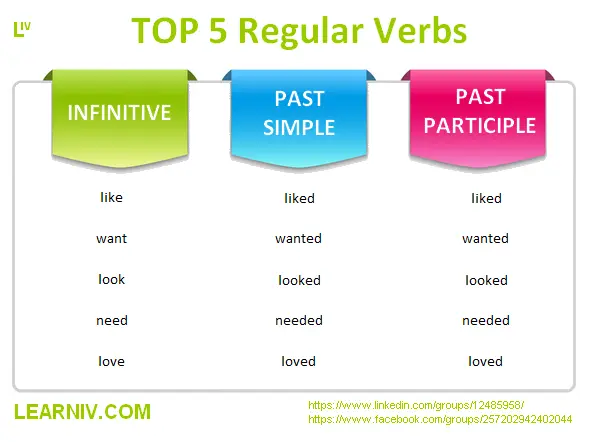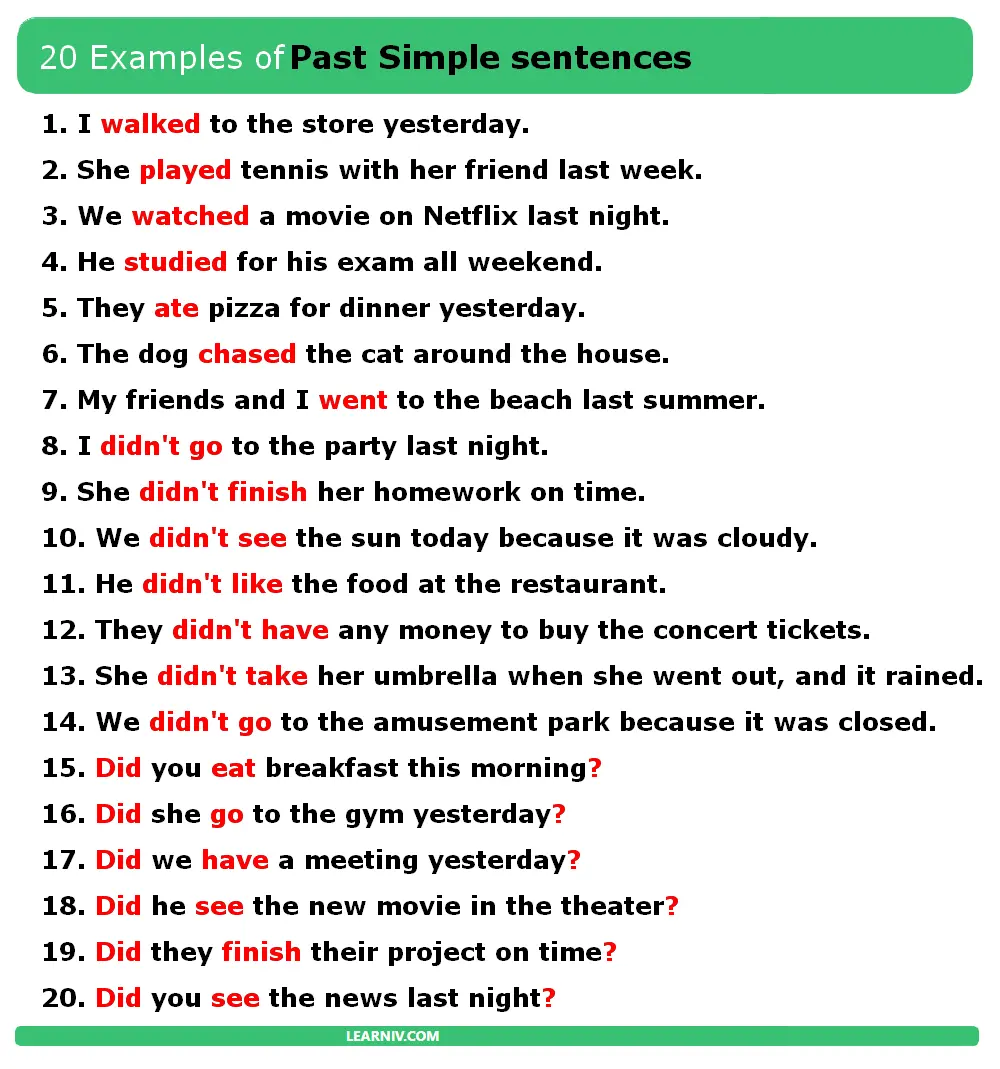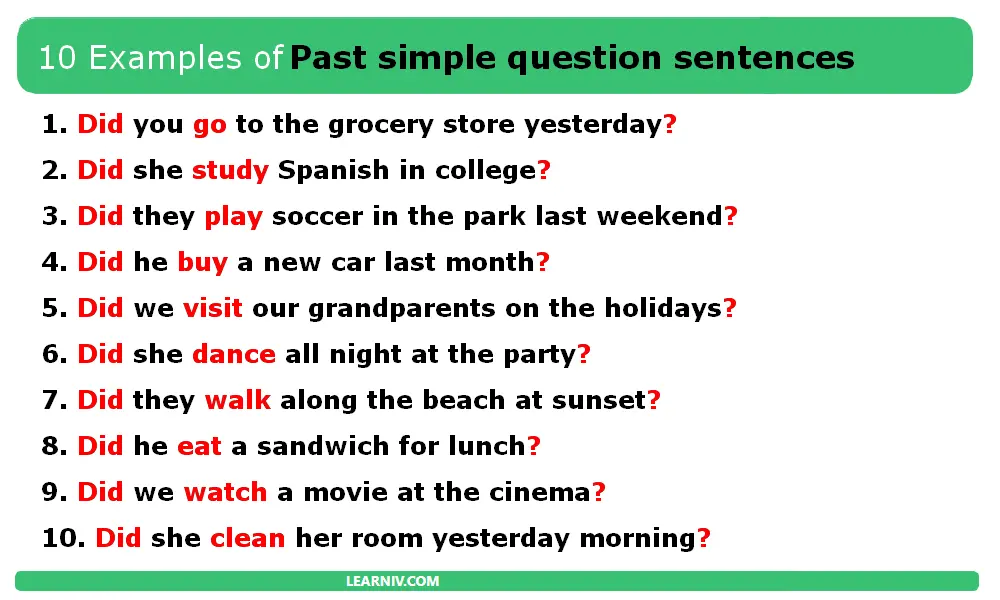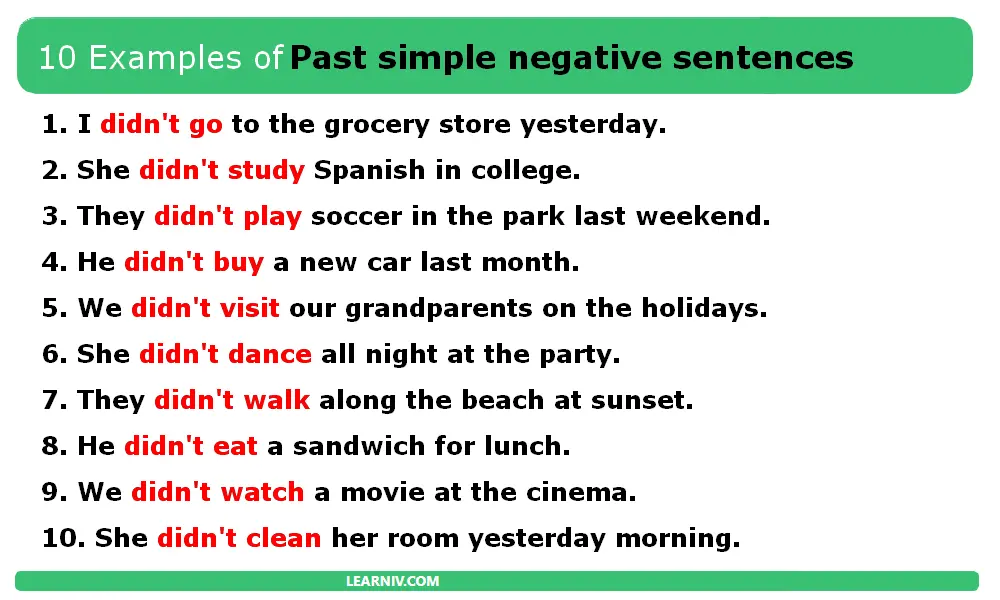Active and passive voice are two different ways to present information in a sentence. In an active voice sentence, the subject performs the action. In a passive voice sentence, the subject receives the action. Here are 100 examples of active and passive voice sentences to help you understand the difference. See also 50 sentences of… Continue reading 100 examples of Active and Passive voice
100 examples of Active and Passive voice
10/10 - (2 votes)








